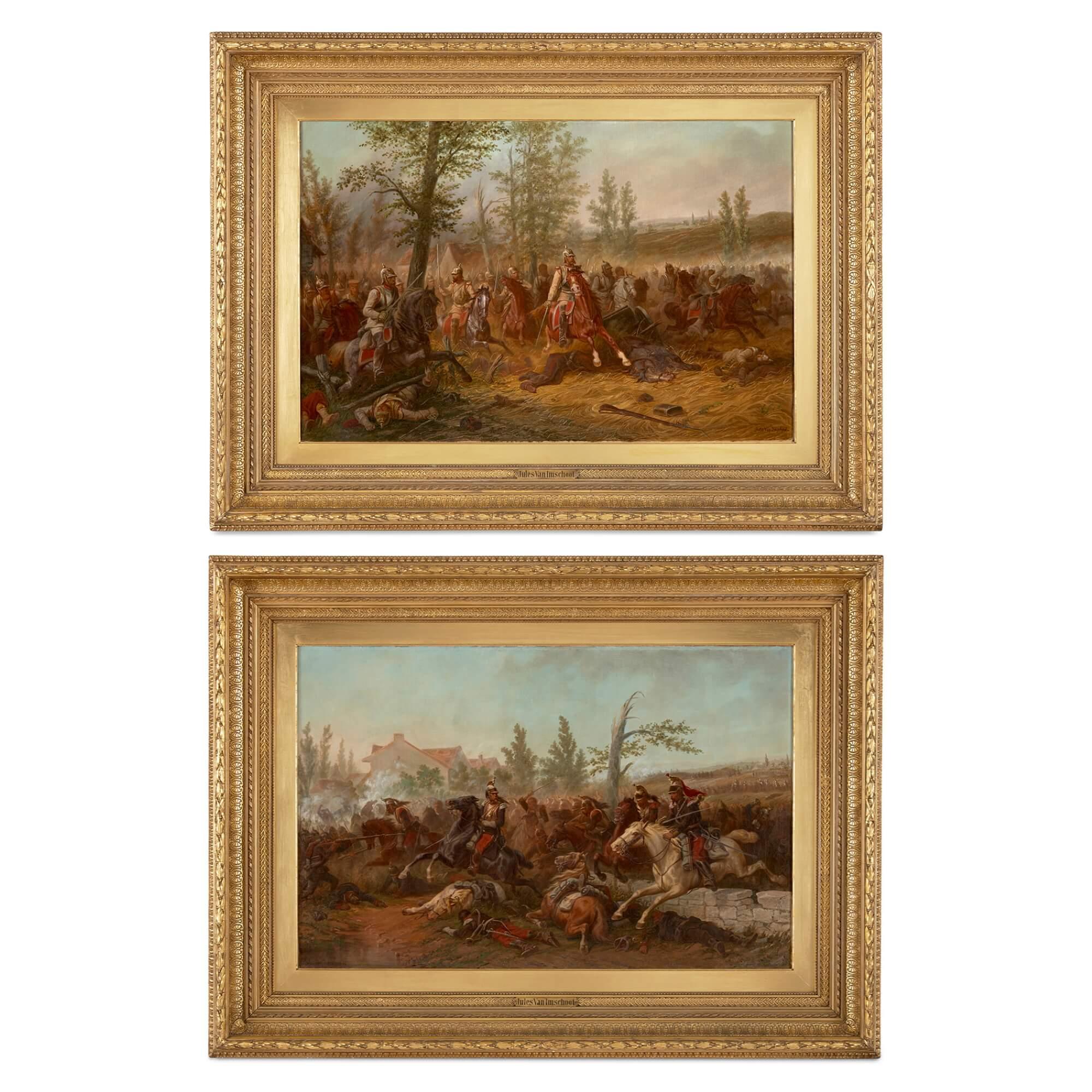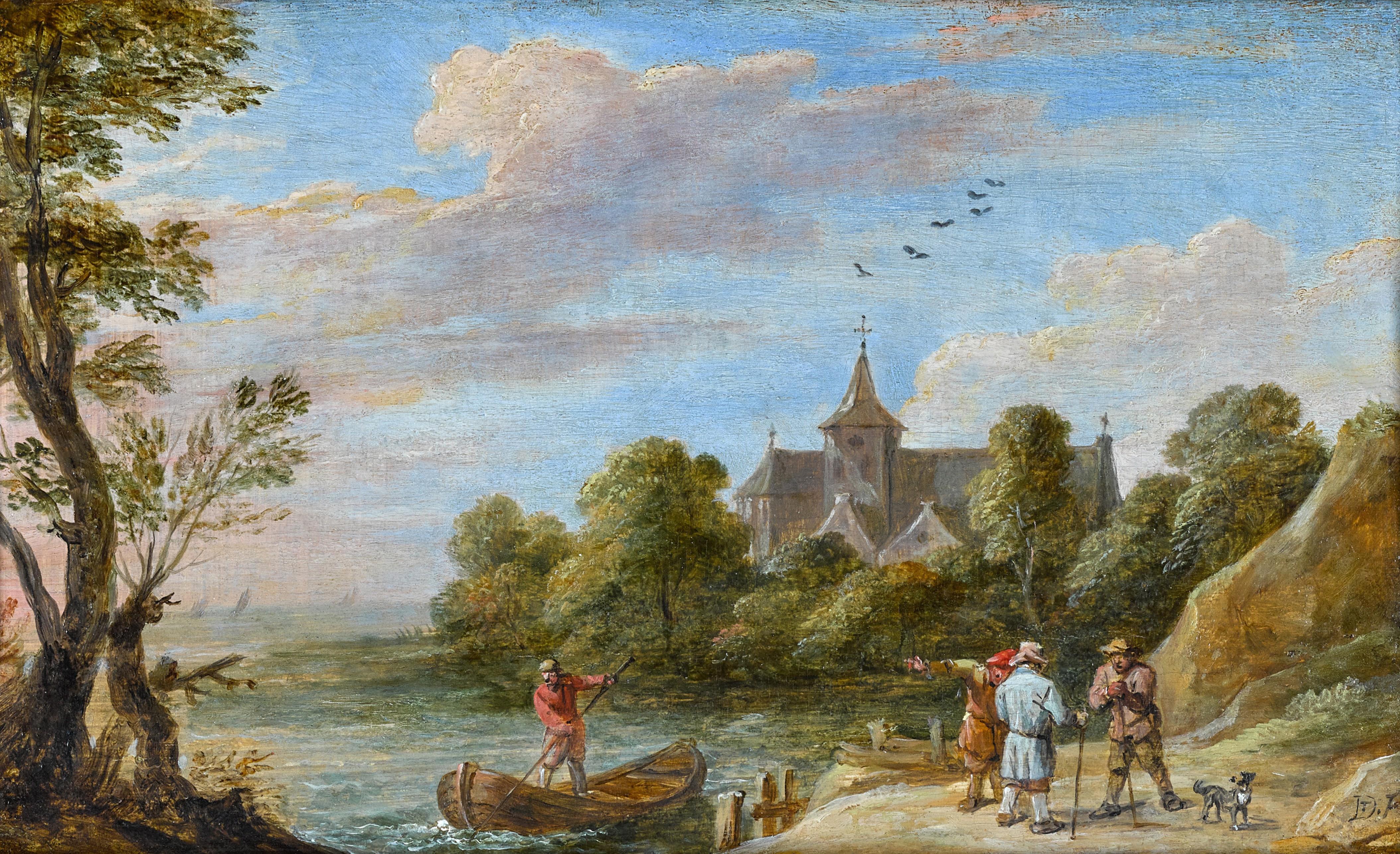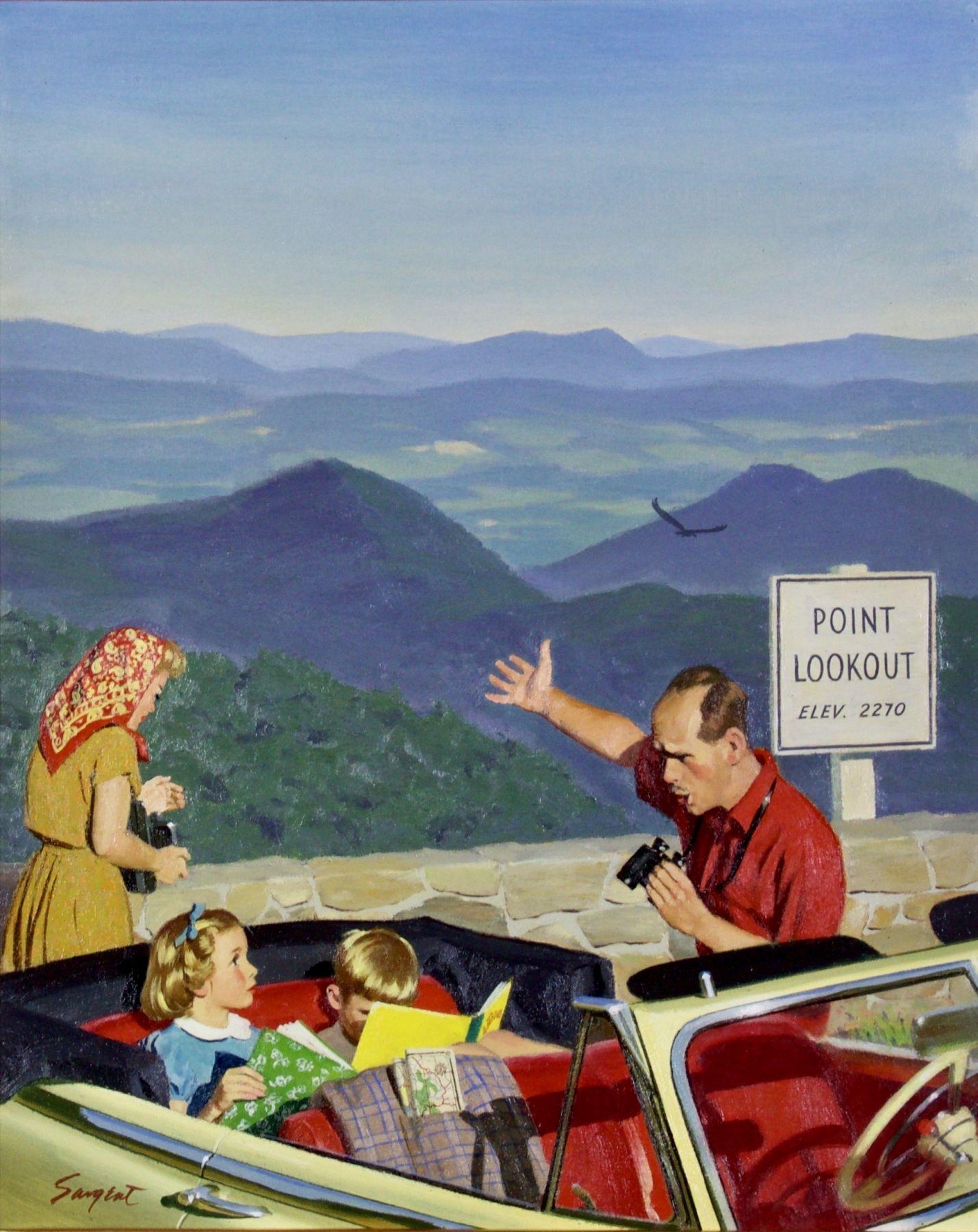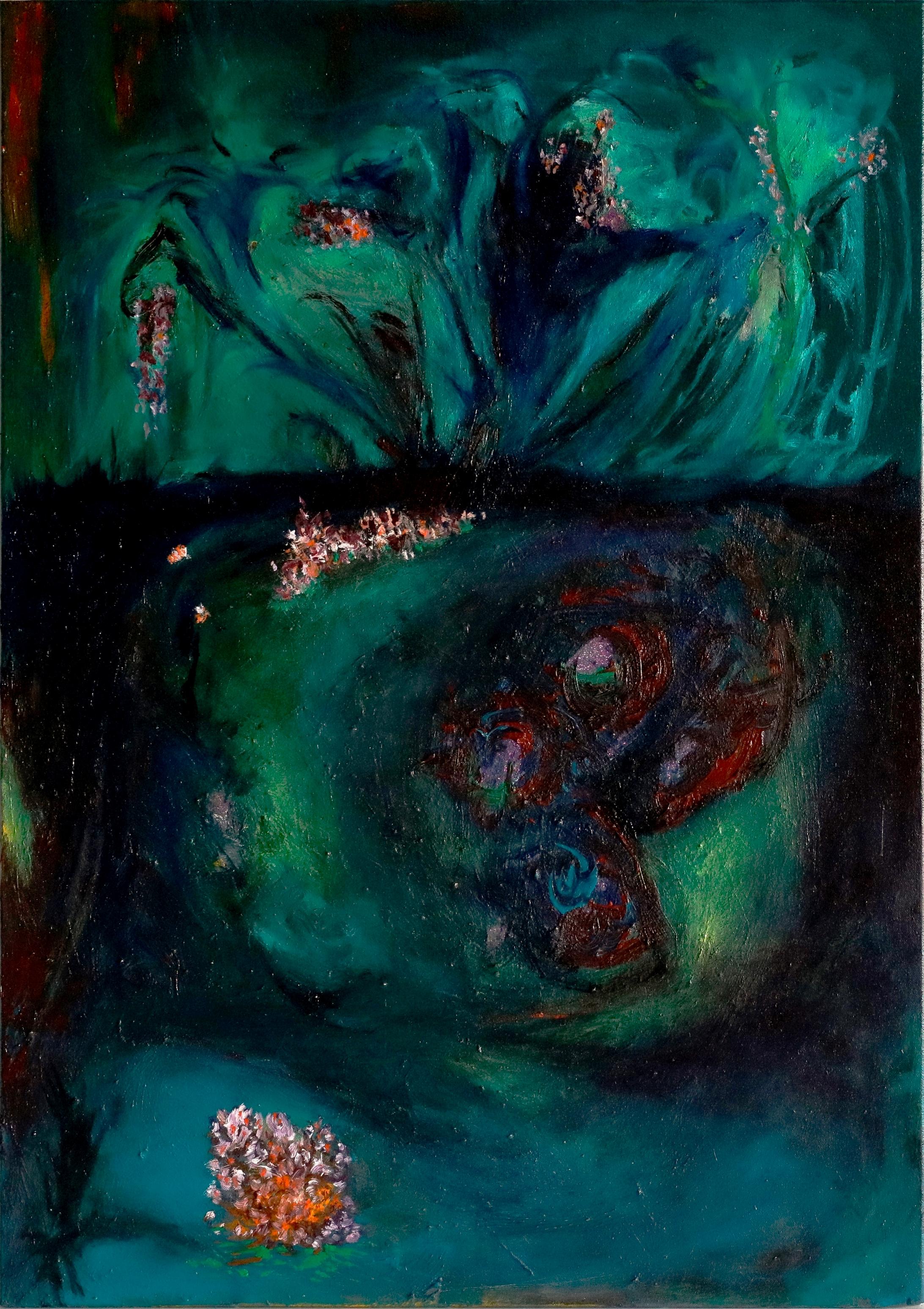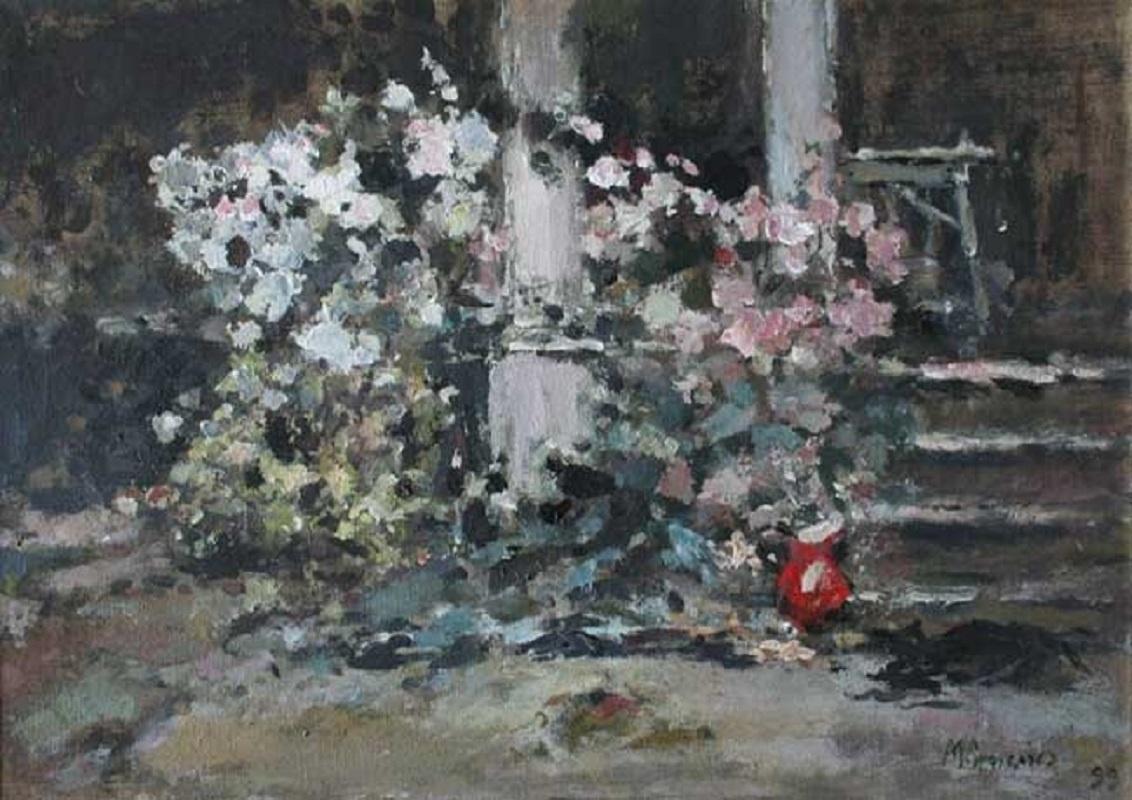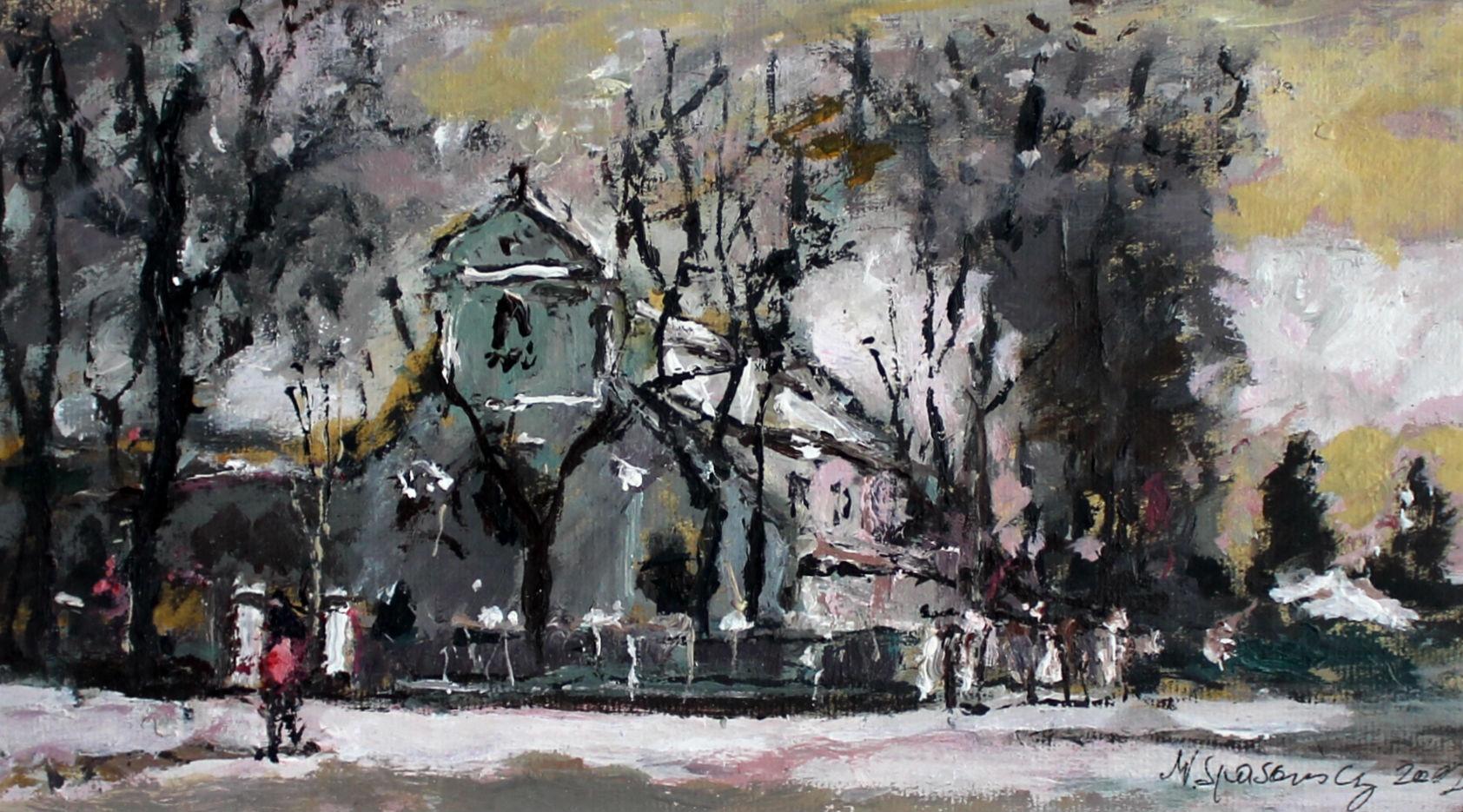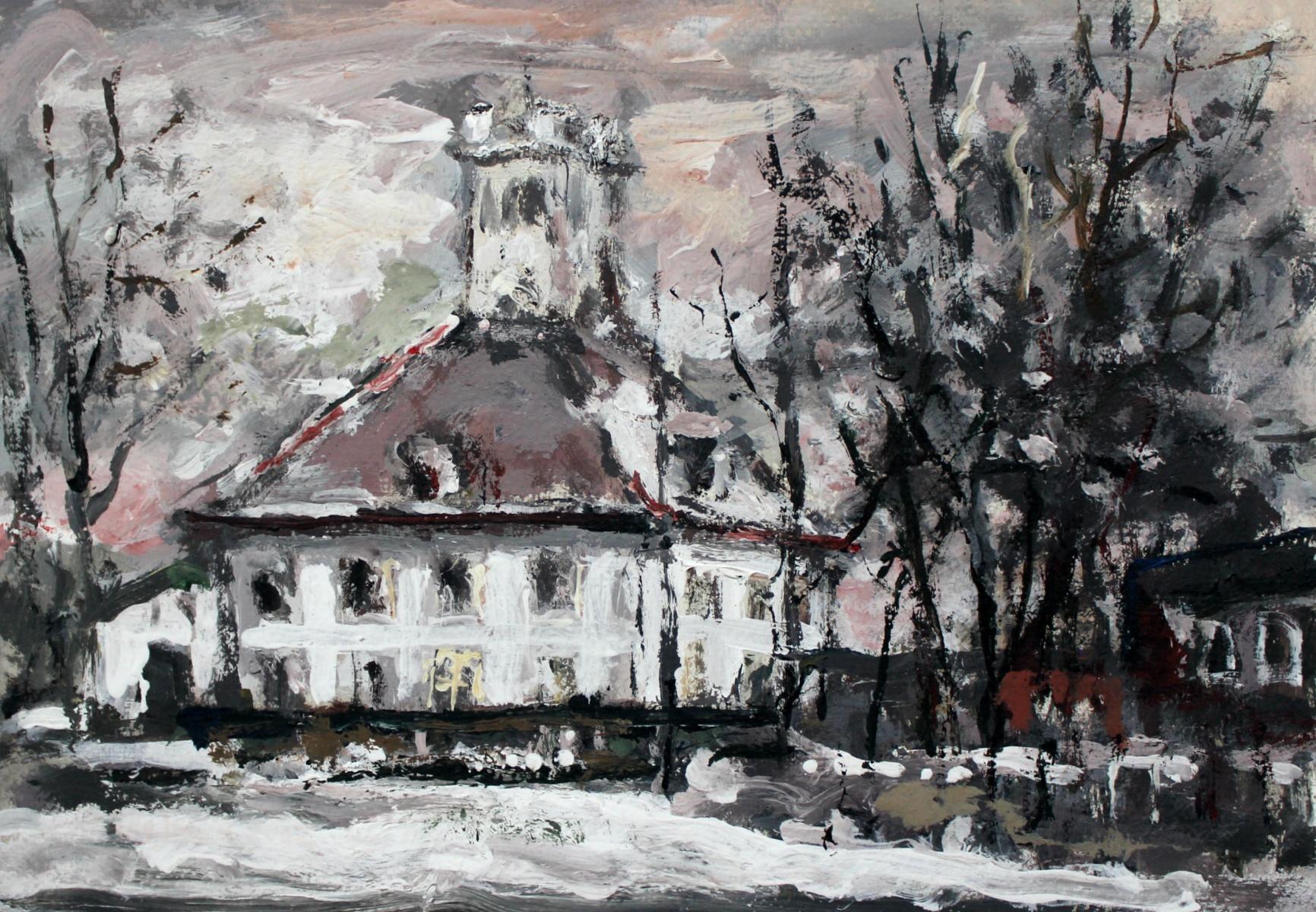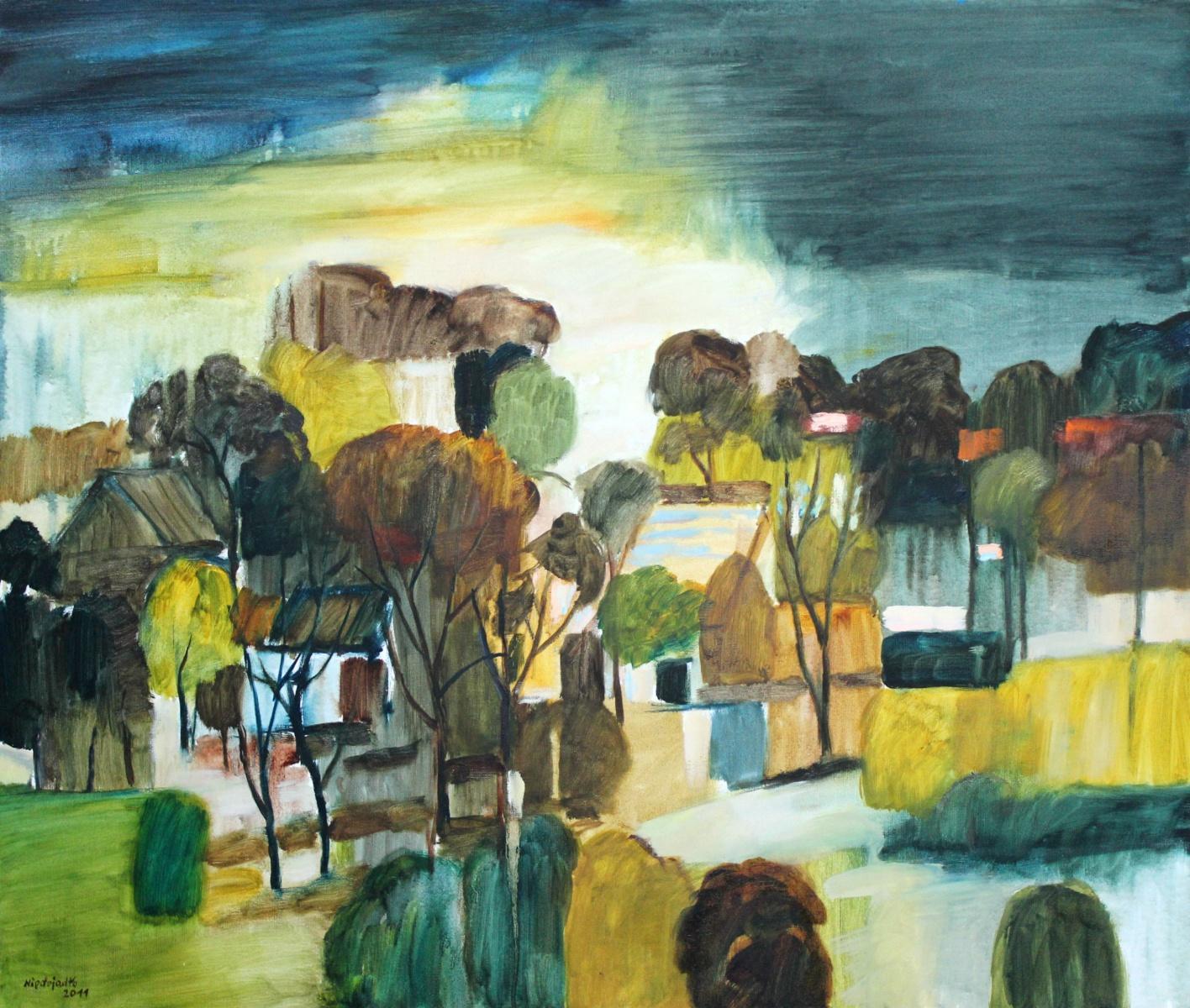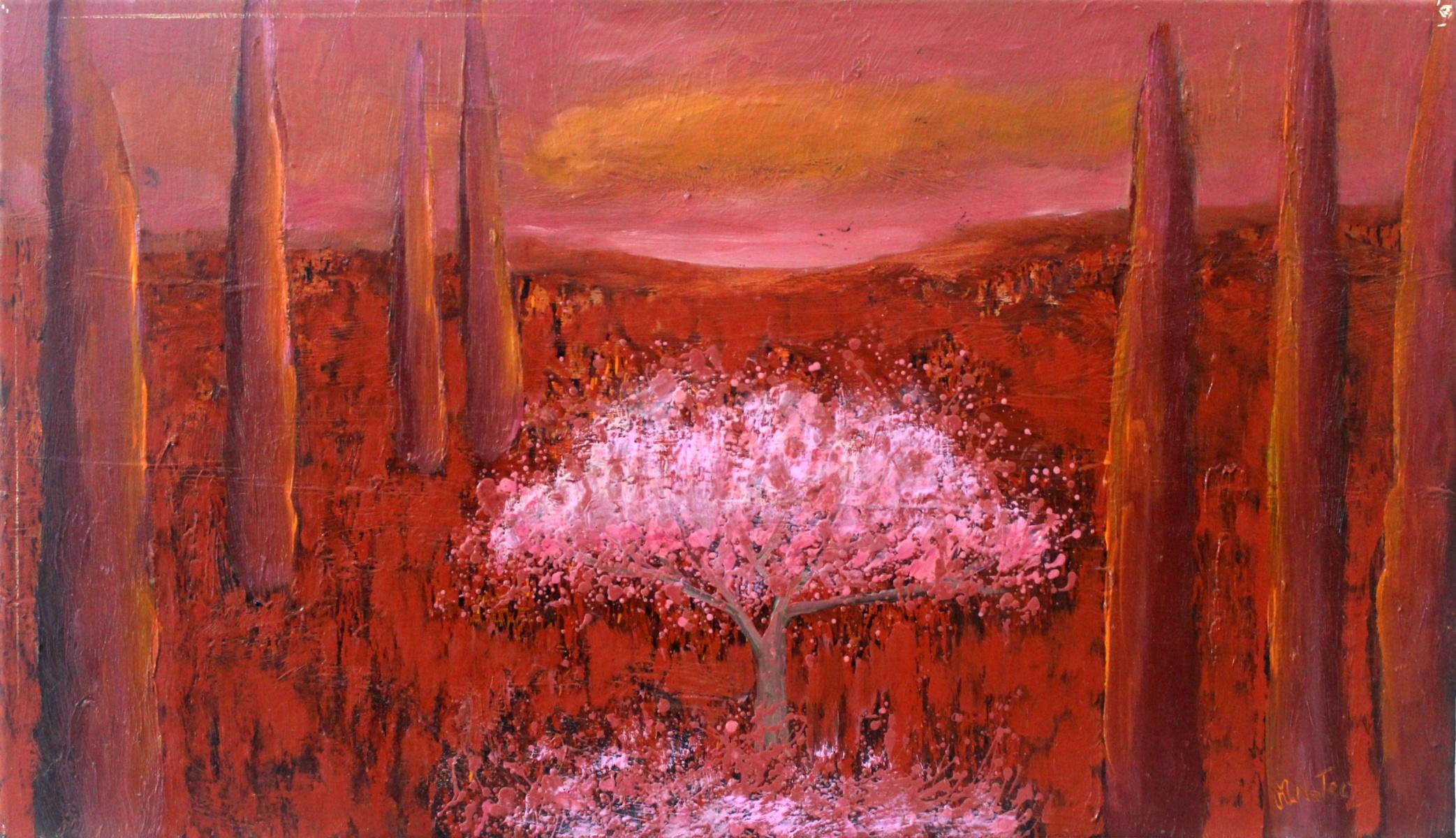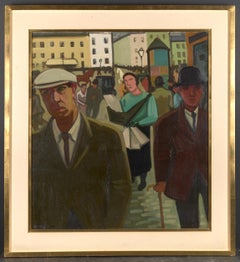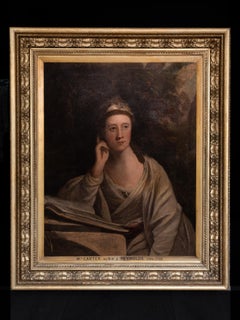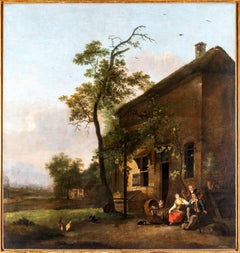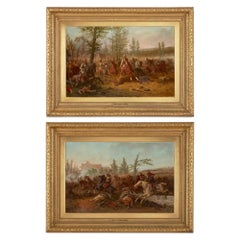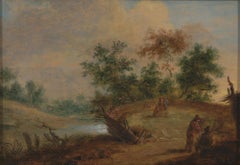
17th C, Landscape, Flemish School, Countryside with Figures at a Small River
Want more images or videos?
Request additional images or videos from the seller
1 of 11
Unknown17th C, Landscape, Flemish School, Countryside with Figures at a Small RiverUnknown
Unknown
About the Item
- Creation Year:Unknown
- Dimensions:Height: 10.63 in (27 cm)Width: 15.36 in (39 cm)Depth: 1.19 in (3 cm)
- Medium:
- Movement & Style:
- Period:
- Condition:
- Gallery Location:brussel, BE
- Reference Number:Seller: 3981stDibs: LU150928403172
About the Seller
5.0
Vetted Seller
These experienced sellers undergo a comprehensive evaluation by our team of in-house experts.
1stDibs seller since 2021
13 sales on 1stDibs
More From This SellerView All
- 20th C, Louis François Decoeur (Namen 1884 – Namen 1960), Rue AniméeLocated in brussel, BEThe Namur painter and engraver, Louis Decoeur (1884-1960) became a member of “L’Effort” around 1910. This artist's association provided a free studio for painters in Brussels, on the first floor of a building located at Quai au Bois à Brûler number 31. Here innovative artists who the official salons did not appreciate were given a forum. The members of "L'Effort" opposed academism. Some names of artists who have worked in the studio spaces of "L'Effort" are: Jean Brusselmans...Category
20th Century Fauvist Figurative Paintings
MaterialsCanvas, Oil
- 17th C., Baroque, Genre Painting, Stop of the TravelersLocated in brussel, BEAs the Dutch painter Philips Wouwerman often did, this artist painted travellers stopping at an inn or a farm. One of the men got off his horse to urinate against the facade of the building. The motif of a peeing man was far from an exception in Dutch genre paintings...Category
17th Century Baroque Figurative Paintings
MaterialsCanvas, Oil
- 18th C, Portrait of a Lady, Elisabeth Carter, Oil on Canvas, 92 x 71 cm, Framed.By Joshua ReynoldsLocated in brussel, BESir Joshua Reynolds (16 July 1723 - 23 February 1792) was a leading 18th-century English portrait painter and President of the Royal Academy from 1769 to 1792. He was born on 16 July...Category
18th Century English School Figurative Paintings
MaterialsCanvas, Oil
- 16th C, Biblical, Manner of Joos van Cleve, Madonna with Child, Oil on PanelBy Joos van CleveLocated in brussel, BEAttentive observer, may I challenge you to find some unusual elements in this panel painting? One detail has to do with the symbolic use of color, the other with a later adjustment of the image. Indeed! The Blessed Virgin is not dressed in her usual sky blue cloak, which refers to her purity, but in a red robe. During the Late Middle Ages and early Renaissance, the Virgin often wore such a red garment to refer to the Passion of Christ. After all, the blessing Christ child with his orb would shed his blood for the redemption of mankind. The second strange element catches the eye when one looks closer at the little Jesus. It appears that he was originally depicted completely naked, but got on a transparent loincloth over time. In the past there were several times when nudity in art was subject to some form of censorship. For example, the supervision of Christian art was strongly encouraged by the Council of Trent (1545-1563). This assembly was dealing with the inner-ecclesiastical reform of the Roman Catholic Church. One of the important theologians who followed the council’s guidelines was Joannes Molanus (1533-1585). He did not consider the nakedness of the Christ Child to be edifying and pointed out that children could be endangered in this way. He may have been referring to the dangers of paedophilia. During the 19th century, puritanism emerged. A famous example of a moral preacher was Pope Pius IX...Category
16th Century Baroque Figurative Paintings
MaterialsCanvas, Oil
- Farming Family on a Sunday Morning, Oil on Canvas. Framed and SignedLocated in brussel, BEThe Namur painter and engraver, Louis Decoeur (1884-1960) became a member of “L’Effort” around 1910. This artist’s association provided a free studio for painters in Brussels, on the...Category
20th Century Fauvist Figurative Paintings
MaterialsCanvas, Oil
- 18th C, In the Style of the Classicizing Baroque, Biblical, Rebekka and EliëzerLocated in brussel, BEWillem Muys was a Dutch, 18th-century painter of history pieces, portraits and cabinet pieces. Above all, he appears to have been active as a painter of ‘wallpaper’. Until the mid-18th century, ‘wallpaper’ was not painted on paper but on coarsely woven linen. Wealthy citizens had their mansions or country estates adorned with ‘wallpaper’ with landscapes, exotic birds or chinoiseries. Willem Muys mainly painted ‘wallpaper’, which means that few of his works have been preserved. They are hardly represented in public collections. The works of his sons, Nicolaas en Robbert, both painters, are a little less rare. The painting with Rebecca and Eliezer...Category
18th Century Baroque Figurative Paintings
MaterialsCanvas, Oil
You May Also Like
- Large Flemish Painting Dutch School 18Th View Of Village Characters And AnimalsLocated in Roma, ITan important and large painting 220x208 cm of a dutch village with building characters and animals. The painting present a group of farmers in a convi...Category
18th Century Flemish School Landscape Paintings
MaterialsOil
- Pair of Large Oil Paintings of Battle Scenes by van ImschootLocated in London, GBPair of large oil paintings of battle scenes by van Imschoot Belgian, 19th Century Frame: Height 86.5cm, width 116cm, depth 10cm Canvas: He...Category
Late 19th Century Flemish School Figurative Paintings
MaterialsOil
- A river landscape with travellers by a jetty and a man in a rowing boatBy David Teniers the YoungerLocated in Tallinn, EEDavid Teniers the Younger Antwerp 1610 - 1690 Brussels A river landscape with travellers by a jetty and a man in a rowing boat, a church beyond Signed with monogram lower right: DT. ...Category
17th Century Flemish School Landscape Paintings
MaterialsPanel, Oil, Oak
- Lookout Point, Saturday Evening Post CoverBy Richard SargentLocated in Fort Washington, PAMedium: Oil on Canvas Signature: Signed Lower Right Original cover illustration for The Saturday Evening Post, July 18, 1953. The Post described, “Gently, gently now, for both side...Category
1950s Figurative Paintings
MaterialsCanvas, Oil
- Imbriglio and revelation Louis-Paul Ordonneau Contemporary painting landscapeLocated in Paris, FROil paint on canvas Hand-signed by the artist on the back Louis-Paul Ordonneau is a French painter born in 1975. He lives and works in Paris. In 1999, he set up his studio in tempo...Category
2010s Contemporary Figurative Paintings
MaterialsCanvas, Oil
- Stairs. Roses - Oil on canvas, Figurative Landscape, Impressionism, Muted colorsBy Magdalena SpasowiczLocated in Warsaw, PLMAGDALENA SPASOWICZ Studied painting under prof. Jan Cybis and graphic arts with prof. Tadeusz Kulisiewicz at the Academy of Fine Arts in Warsaw. She receive...Category
20th Century Other Art Style Landscape Paintings
MaterialsCanvas, Oil
Recently Viewed
View AllMore Ways To Browse
Flemish Paintings Century
Flemish Style
17th Century Figures
Flemish 17th
17th Century Flemish Painting
Flemish School
Middle Earth
17th Century Flemish Oil
Flemish School Oil
17th C Landscape
Antique Chat
17th Century Flemish Landscape
Travellers In A Landscape
17th Century Flemish School
Flemish Landscape Painting 17th Century
Oil Painting Chat
New Mexico Art 1920s
Lucas S

